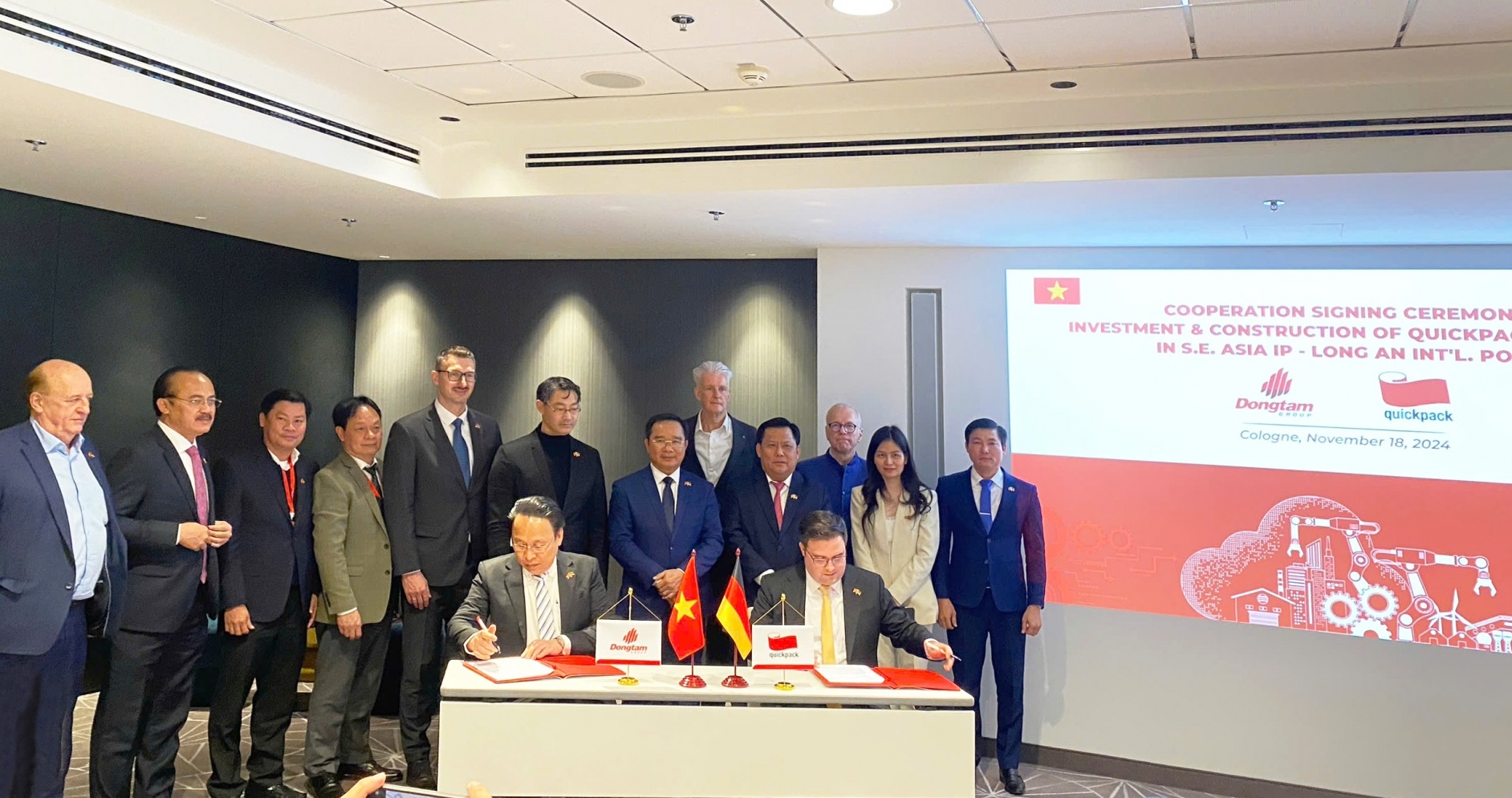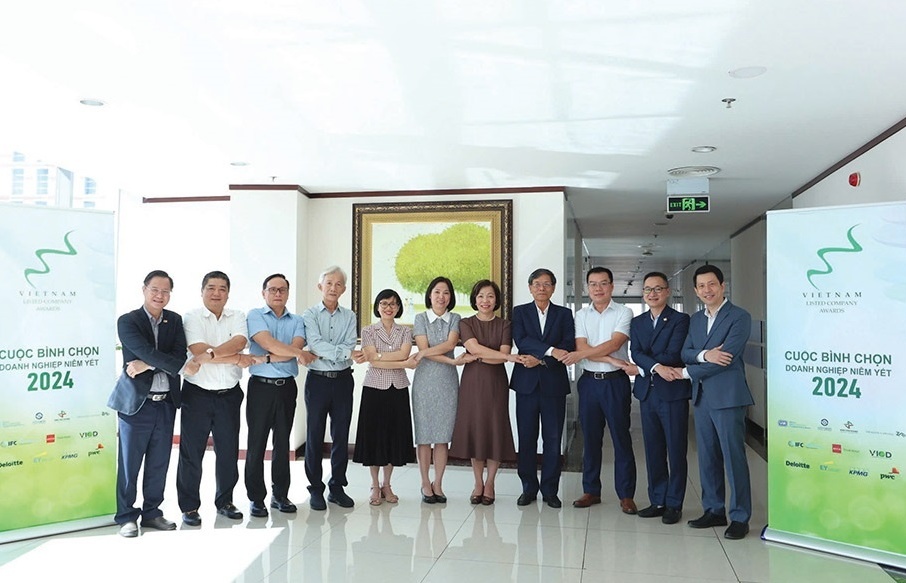Science and technology development crucial to avoid lagging behind
 What is your opinion on the government’s recent assessment that Vietnam has posted significant improvements related to science and technology research and applications?
What is your opinion on the government’s recent assessment that Vietnam has posted significant improvements related to science and technology research and applications?
It is encouraging that we have witnessed noticeable changes in respect to science and technology (sci-tech) development and application in the past few years.
Vietnam’s labour productivity growth currently leads the ASEAN region.
General Statistics Office (GSO) figures show that Vietnam’s labour productivity rose 3.4 per cent during 2006-2010, and 4.2 per cent during 2011-2015. It jumped 23.6 per cent in 2015 compared to 2010, shortening the distance in labour productivity between Vietnam and other ASEAN member states.
More specifically, in 1994 the highest labour productivity in the region was that of Singapore, which was 29.2 times higher than Vietnam’s; in 2013, this gap was shortened to only 18 times Vietnam’s labour productivity.
There are concerns that Vietnam’s modest labour productivity is largely due to the limited application of science and technology advances in production. Isn’t it?
Of the nine indexes falling short of the targets set in the 2011-2015 national development plan, labour productivity (23.6 per cent against the projected 2932 per cent) and technology innovation levels were noteworthy to mention. This means that we have not yet pulled ourselves out of the vicious cycle facing many developing nations: low investment in sci-tech development comes from low levels of domestic capital; lack of domestic capital stems from low income levels; low income results from low labour productivity; low labour productivity comes from low technology levels, and low technology levels are due to low investment in sci-tech.
According to the World Economic Forum’s global competitiveness report, all of the indexes related to technology application readiness, such as the availability of and access to new technology, business spending on research and development, and co-operation in sci-tech development between businesses and training facilities deteriorated in Vietnam in the past five years.
How can we boost production efficiency based on sci-tech achievements to avoid falling behind other countries in economic development?
We have devised a number of national development strategies in such areas as socioeconomic development, sustainable development, green development, and region-based development, as well as a series of sector-specific action projects and programmes.
We also have a national sci-tech strategy and 52 other development programmes currently in place. The links between these programmes and strategies, however, remain loose. If sci-tech is not integrated into the core of these development programmes and strategies, it would be extremely hard to turn science and technology into a driving force for development. Therefore, first and foremost, sci-tech must be added to other national development strategies and programmes.
In addition, we need to emphasise the importance of developing our science and technology capabilities to businesses, promoting sci-tech as a solution to boost development and connecting it to practical actions.
To achieve this goal, we will need to increase the number of R&D centres owned by businesses, strengthen the links between businesses and research institutes and universities, increase firms’ access to budget capital, and encourage the creation of funds to promote sci-tech development among enterprises.
| RELATED CONTENTS: | |
| Improving the state’s role - the focus of reforms | |
| New leaders pledge sustainable future | |
| MPI chief makes rallying call for reform | |
What the stars mean:
★ Poor ★ ★ Promising ★★★ Good ★★★★ Very good ★★★★★ Exceptional
Latest News
More News
- Trump's trade policies could shape Vietnam's economic outlook: Dragon Capital (November 15, 2024 | 16:56)
- Prioritising corporate governance for Vietnam’s sustainable growth (November 14, 2024 | 16:50)
- Vietnam eyes nuclear revival to bolster energy security (November 14, 2024 | 16:46)
- German businesses explore investments in Dong Nai (November 08, 2024 | 18:02)
- Vietnamese consumer sentiment outperforms regional averages (November 08, 2024 | 18:00)
- Exchange and interest rates forecast to remain stable after US election (November 07, 2024 | 14:04)
- Industrial real estate stocks benefit from US election results (November 07, 2024 | 13:56)
- 2024 sees $1.41 billion in fintech funding so far (November 07, 2024 | 08:13)
- Trump at 266 electoral votes, Harris at 195: US media (November 06, 2024 | 14:30)
- Hanoi targets digital and high-tech investment with upcoming event (November 06, 2024 | 13:28)




















 Mobile Version
Mobile Version